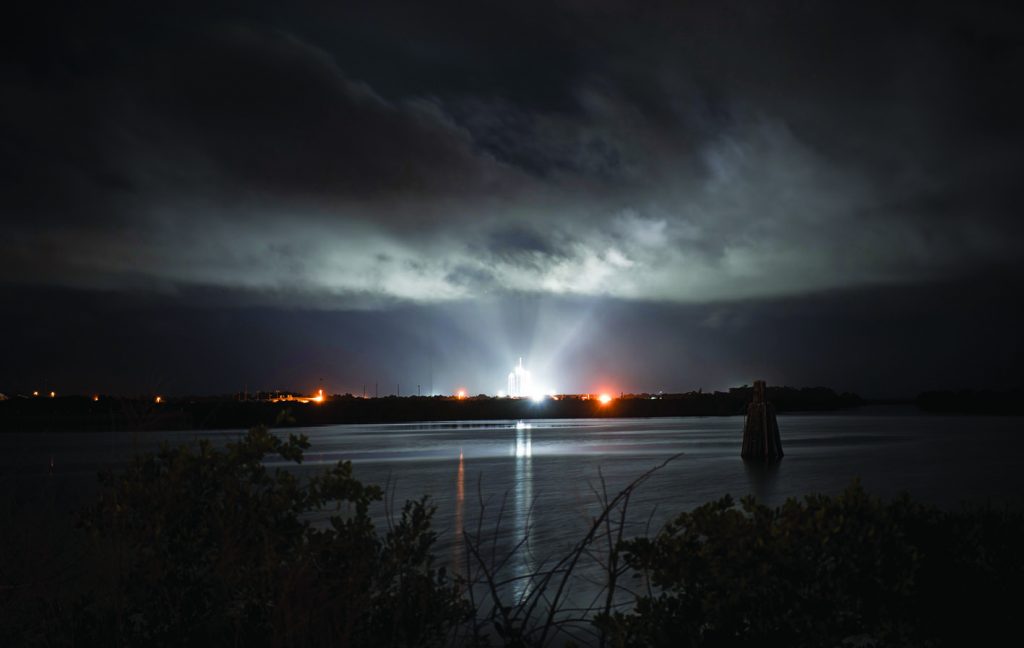
WASHINGTON: Four astronauts were poised to launch on the SpaceX Crew Dragon "Resilience" to the International Space Station yesterday, the first of what the US hopes will be many routine missions following a successful test flight in late spring. Three Americans-Michael Hopkins, Victor Glover and Shannon Walker-and Japan's Soichi Noguchi will blast off at 7:27 pm Sunday (0027 GMT today) from the Kennedy Space Center in Florida. In May, SpaceX completed a demonstration mission showing it could take astronauts to the ISS and bring them back safely, thus ending almost a decade of reliance on Russia for rides on its Soyuz rockets.
"The history being made this time is we're launching what we call an operational flight to the International Space Station," NASA administrator Jim Bridenstine told reporters Friday. The launch will be attended by Vice President Mike Pence and second lady Karen Pence. The crew will dock at their destination at around 11 pm tonight (0400 GMT Tuesday), joining two Russians and one American onboard the station, and stay for six months. The Crew Dragon earlier this week became the first spacecraft to be certified by NASA since the Space Shuttle nearly 40 years ago.
It is a capsule, similar in shape to the spacecraft which preceded Space Shuttle, and its launch vehicle is a reusable SpaceX Falcon 9 rocket. At the end of its missions, the Crew Dragon deploys parachutes then splashes down in water, just as in the Apollo era. NASA turned to SpaceX and Boeing after shuttering the checkered Space Shuttle program in 2011, which failed in its main objectives of making space travel affordable and safe.
The agency will have spent more than $8 billion on the Commercial Crew program by 2024, with the hope that the private sector can take care of NASA's needs in "low Earth orbit" so it is freed up to focus on return missions to the Moon and then on to Mars. - AFP











